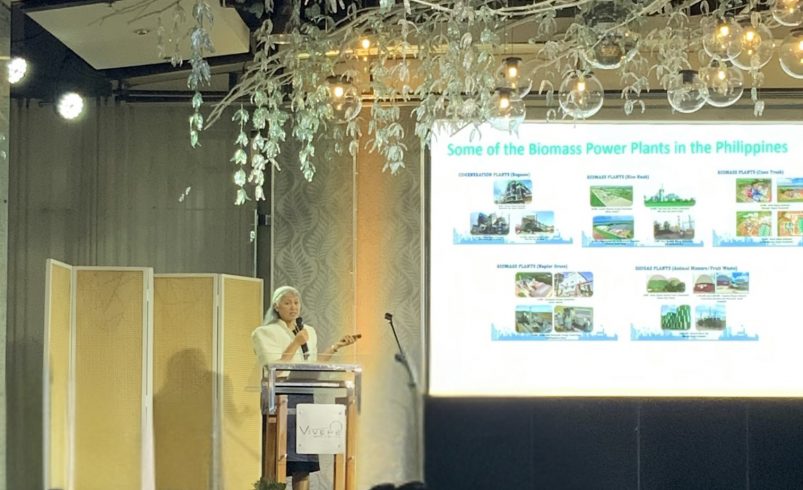Biomass Alliance calls for policy shift to unlock 4.7 GW RE potential
- October 1, 2025
- 0

The Biomass Renewable Energy Alliance (BREA) urged policymakers to recognize biomass as a strategic energy resource, citing its untapped 4.7 gigawatt (GW) potential from agricultural residues nationwide.
BREA president Ina Guillermo made the call during ENERCON 2025: The 4th International Conference on Energy and Environmental Economics, where she presented “Towards a Real Economic Analysis of Biomass Power Generation in Philippine Agricultural Areas.”
“Biomass energy is actually an old technology proven to be very efficient in utilizing feedstock that would have been burned in open fields” Guillermo said.
Biomass projects in the country rely on rice husks, cane trash, bagasse, napier grass, and animal manure to generate power. Guillermo noted that Luzon is dominated by agro-industrial waste such as rice husks and sugarcane residues, while Visayas and Mindanao host plants using mixed agricultural waste and biogas.
But policy hurdles continue to hold back growth. The oversubscription of the feed-in tariff (FIT) left several projects without guaranteed payments, discouraging investors. Meanwhile, the Green Energy Auction Program failed to attract bidders due to low ceiling prices and the lack of inflation adjustments.
”The rate set by ERC miscaptured, unfortunately, the socioeconomic impact and environmental benefits that biomass energy systems bring over the levelized cost of electricity.”
Guillermo stressed the direct benefits to rural communities: around 45% of project costs flow to feedstock purchases, local jobs, and logistics. Each megawatt installed creates an estimated 21 jobs in the fuel supply chain, while plant operations generate about 36 additional jobs per site.
She added that biomass strengthens energy security while cutting emissions. By end-2019, the sector’s 358-MW dependable capacity delivered about USD 124 million in foreign exchange savings and avoided 1.2 million tons of greenhouse gas emissions.
Despite these benefits, biomass accounts for only about 1.4% of the Philippines’ total installed capacity, a marginal presence in the energy mix compared to solar and wind.
”Biomass should be viewed as a strategic asset with energy, economic, and social benefits, not as a costly burden,” Guillermo said.
She called on regulators to develop a pricing framework that reflects biomass’s renewable feedstock costs and its socioeconomic contributions. Without proper recognition, she warned, the sector’s growth will remain constrained despite its vast untapped potential.
Follow Power Philippines on Facebook and LinkedIn or join our Viber community for more updates.